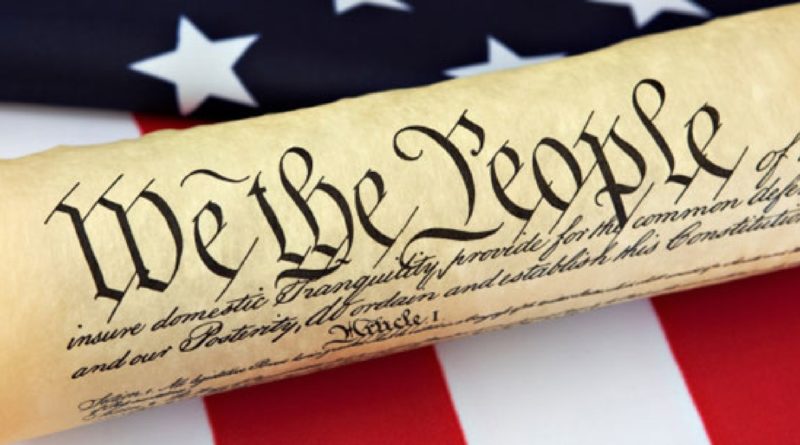Editorial: The Constitutionality Of Impeachment
Across the country, news anchors of all political ideologies are covering the same topic – the impeachment inquiry.
Impeachment as a process adheres to strict legal parameters set forth by the Constitution. Regardless of political party association, understanding how impeachment works and the history behind it will help clarify some of the convoluted news coverage taking place now.
The term impeachment is commonly used to describe the process of removing an official from office, but the term actually refers only to the filing of formal charges. According to Article 2 section 4 of the Constitution, the “President, Vice President and all civil officers of the United States, shall be removed from Office on Impeachment for, and Conviction of, Treason, Bribery, or other high Crimes and Misdemeanors.”
The message to take from Article 2 Section 4 is that any crime could lead to an impeachment charge, whether it is something as small as a misdemeanor or something as profound as treason. However, as with any charge filed, the president is entitled to due process. Impeachment is just the first step; a conviction by trial in the Senate is required for the removal of a president.
From start to finish, below is an account of the process of impeachment.
According to Article 1 section 2 of the Constitution, the House of Representatives “shall have the sole Power of Impeachment.” Basically, the House of Representatives is the only branch of the government that can bring impeachment charges against the president. If the House brings impeachment charges against a president, those charges then move to a trial held by the Senate.
As stated in Article 2 section 3 of the Constitution, “the Senate shall have the sole Power to try all Impeachments. When sitting for that Purpose, [the Senate] shall be on Oath or Affirmation. When the President of the United States is tried, the Chief Justice shall preside, and no Person shall be convicted without the Concurrence of two thirds Members present.”
Think of an impeachment trial as a criminal trial. The House of Representatives brings charges against the president, the Senate tries the president based on the House’s charges and the Chief Justice of the Supreme Court acts as the judge. Unlike regular criminal trials, an impeachment trial only requires two thirds of the jurors (senators) present to vote guilty to convict the president.
Some may be concerned by the lack of consensus among jurors to convict the president. However, regular criminal trials only have twelve jurors, but an impeachment trial’s jury could have up to one hundred senators present, ensuring the requirement for conviction remains high.
After the jury reaches a decision, the president either remains in office or is removed. If the senate convicts the president, the president could still be charged for any criminal offenses committed while in office in a civilian criminal court.




